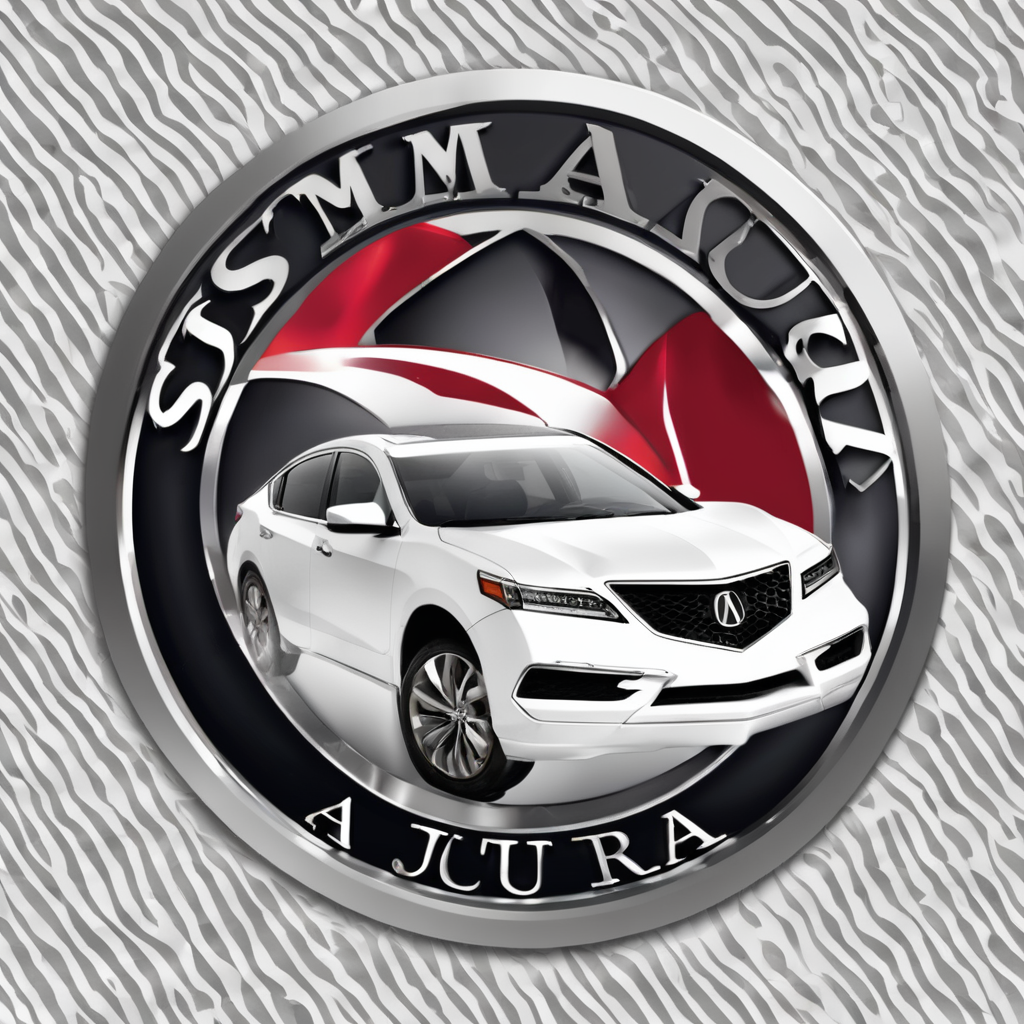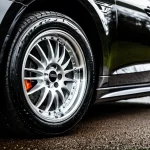Core Principles of Collision Avoidance System Calibration
Understanding collision avoidance system calibration begins with grasping the essential calibration fundamentals that ensure system accuracy and reliability. Calibration is critical to vehicle safety standards. Without precise calibration, sensors may misinterpret the environment, leading to failures in detecting obstacles or responding wrongly.
The foundational steps for collision avoidance system calibration start by positioning vehicles correctly, followed by sensor alignment and environment setup according to strict technical guidelines. Adherence to these vehicle safety standards is non-negotiable—calibration must meet the exact specifications provided by both the industry and manufacturers to guarantee consistent system performance.
Also read : Optimize Safety: Expert Tips for Seamless Integration of Child Car Seats with Your Vehicle’s Safety Features
A key aspect in these principles is the alignment with established calibration fundamentals, which dictate the methods used to interpret sensor data correctly. Only by aligning with industry and manufacturer standards can a calibration process secure the intended safety margins. This involves verifying sensor function through controlled tests, adjusting system parameters finely, and confirming output accuracy against benchmark conditions.
Ultimately, the core principle hinges on universal compliance: the calibration process not only prepares the collision avoidance system for optimal operation but also aligns with legal and safety guidelines that protect both technicians and vehicle users throughout the system’s lifecycle.
Topic to read : Boosting Backup Sensor Performance for City Drivers: Essential Tips for Smart Navigators
Essential Tools and Technologies for Calibration
Effective collision avoidance system calibration relies heavily on the precise use of specialized calibration tools and diagnostic equipment. These tools ensure that sensor alignments, such as radar and lidar, are fine-tuned to exact specifications, meeting stringent vehicle safety standards.
Key equipment typically includes high-precision targets, adjustable mounts, and computerized diagnostic devices that measure sensor output in real time. For instance, advanced diagnostic technologies can detect subtle misalignments or sensor drift, streamlining the calibration process and reducing human error.
Recent advancements in calibration technology involve the integration of software that interfaces directly with vehicle systems to automate many calibration steps. These tools allow technicians to update calibration parameters with ease while ensuring compliance with both manufacturer guidelines and broader safety mandates.
By employing up-to-date diagnostic equipment and progressive technology, the calibration process becomes more efficient and reliable, directly contributing to the ongoing adherence to essential calibration fundamentals and overall vehicle safety.
Step-by-Step Calibration Procedures
Precision in collision avoidance system calibration depends on a well-defined calibration procedure that technicians follow meticulously. This step-by-step guide ensures each phase enhances system accuracy and aligns with critical vehicle safety standards.
The first step typically involves securely positioning the vehicle on a flat, level surface within a controlled environment. This stabilizes sensor inputs and reduces environmental variables that could affect results. Following this, technicians set up specialized calibration targets and mounts according to manufacturer specifications, which are essential for aligning radar, lidar, and camera sensors accurately.
Next, the actual sensor adjustment begins. Using diagnostic equipment, technicians assess sensor outputs in real time. If discrepancies surface, fine-tuning follows by adjusting sensor angles, offsets, or software parameters as dictated by calibration fundamentals. Each adjustment is verified by repeated measurements, ensuring that results fall within established tolerance levels.
Process optimization includes integrating digital checklists and visual calibration aids in many modern workshops. These tools guide technicians through each step systematically, reducing human error and improving consistency across different vehicle models. Visual aids help confirm that sensors precisely detect calibration targets under varying lighting and environmental conditions.
To summarize the critical actions:
- Position vehicle accurately on a level surface
- Set up calibration targets per OEM instructions
- Use diagnostic equipment to monitor sensor outputs continuously
- Adjust sensors iteratively, guided by real-time data feedback
- Employ digital checklists and visual aids to maintain calibration workflow consistency
Adhering to this structured process not only guarantees compliance with system design requirements but also supports the broader goal of maintaining road safety and system reliability over time.
Common Pitfalls and Troubleshooting Strategies
Common calibration errors arise primarily from improper sensor alignment, inaccurate target placement, and overlooking environmental factors during collision avoidance system calibration. These mistakes can lead to false positives or missed obstacle detections, undermining adherence to strict vehicle safety standards. Avoiding such errors requires meticulous attention to the calibration fundamentals, ensuring that each step—from vehicle positioning to sensor adjustments—is executed precisely.
Troubleshooting begins with verifying the calibration environment, confirming the vehicle is properly leveled and calibration targets are placed exactly as specified by manufacturer guidelines. Discrepancies often originate from sensor interference caused by dirt, damage, or misplacement. Diagnosing calibration faults also involves using diagnostic equipment to cross-check sensor readouts and identify deviations from expected outputs.
Corrective actions include re-aligning sensors based on real-time diagnostic feedback, recalibrating in controlled lighting and environmental conditions, and performing iterative adjustments until data stays within manufacturer-set tolerances. Implementing consistent process optimization techniques—such as digital checklists—helps reduce recurrence of common mistakes, promoting system reliability over time.
By understanding these frequent pitfalls and applying targeted troubleshooting methods grounded in core calibration principles, technicians can maintain the accuracy essential to reliable collision avoidance and uphold critical vehicle safety standards.
Core Principles of Collision Avoidance System Calibration
Collision avoidance system calibration is anchored in several core principles aimed at ensuring the highest level of safety and functional accuracy in vehicles. The foundational steps for precise calibration first demand a controlled environment where the vehicle is positioned and stabilized according to strict calibration fundamentals. This foundational setup guarantees that sensor data is reliable and not skewed by environmental inconsistencies.
Adhering to vehicle safety standards throughout the calibration process is paramount. These standards establish exact criteria for sensor alignment, system responsiveness, and overall performance, mitigating risks associated with inaccurate obstacle detection. Compliance is not merely a recommendation but a critical requirement enforced by regulatory bodies and industry best practices.
Alignment with both industry and manufacturer standards constitutes another essential principle. Industry-wide frameworks provide universal guidelines, ensuring consistency across different systems and vehicles. Meanwhile, manufacturer standards often include model-specific calibration details reflecting unique sensor configurations and software parameters. By harmonizing these standards, technicians secure a calibration outcome that maintains system integrity and functional safety.
In summary, robust calibration efforts depend on meticulous setup, strict adherence to calibration fundamentals and vehicle safety standards, and precise alignment with established industry and OEM specifications. These principles collectively uphold the reliability of collision avoidance systems, directly impacting road safety and driver confidence.
Core Principles of Collision Avoidance System Calibration
Precise collision avoidance system calibration starts with strict adherence to established calibration fundamentals that govern every aspect of the process. The foundational steps include positioning the vehicle accurately in a controlled environment, ensuring sensor alignments are exact and stable to prevent environmental or mechanical factors from skewing sensor data. These steps are non-negotiable prerequisites for achieving the system’s intended operational accuracy.
Adhering closely to vehicle safety standards is equally crucial. These standards define the exact criteria for how sensors must be aligned and how the system should respond to obstacles. By following these technical guidelines, technicians ensure that the collision avoidance system behaves predictably and safely under real-world conditions. Failure to comply with these standards compromises both safety and regulatory compliance.
An essential aspect of calibration is the alignment not only with industry standards but also with detailed manufacturer standards. Industry standards provide a universal framework ensuring consistency and baseline safety across all vehicles. Manufacturer standards add specificity by accounting for model-dependent sensor configurations and software calibration parameters. Combining these standards ensures the system is calibrated precisely to the vehicle’s design, maximizing reliability and safety.
In practical terms, this means every calibration action—from vehicle positioning and sensor adjustment to verification—must satisfy both sets of requirements. These calibration fundamentals guarantee that collision avoidance systems perform their intended functions accurately, contributing to reducing accidents and enhancing vehicle safety standards on the road.
Core Principles of Collision Avoidance System Calibration
Precise collision avoidance system calibration begins with foundational steps that ensure reliable sensor performance. The vehicle must be positioned on a flat, level surface within a controlled environment to prevent environmental factors from impacting sensor data integrity. This initial setup is a fundamental calibration fundamental vital for accurate measurements and system functionality.
Strict adherence to vehicle safety standards throughout the calibration process is essential. These standards define explicit technical guidelines for sensor positioning, alignment accuracy, and system responsiveness. Compliance ensures that the collision avoidance system can correctly detect obstacles and react appropriately under various driving scenarios. Deviations from these standards risk both safety failures and regulatory non-compliance.
Another core principle lies in the seamless alignment of the calibration process with both industry and manufacturer standards. While industry standards provide universal criteria guaranteeing consistency across vehicle makes and models, manufacturer standards offer model-specific directives that address unique sensor systems and software calibration parameters. Harmonizing these standards ensures the calibration outcome supports optimal system reliability and safety tailored to each vehicle’s configuration.
Overall, collision avoidance system calibration depends on meticulously following calibration fundamentals, enforcing rigorous vehicle safety standards, and integrating both industry-wide and OEM-specific requirements. This integrated approach safeguards system accuracy, contributing directly to enhanced road safety and dependable vehicle protection.
Core Principles of Collision Avoidance System Calibration
Precision in collision avoidance system calibration is grounded in several fundamental steps designed to uphold strict vehicle safety standards. The process begins with positioning the vehicle meticulously on a flat, level surface within a controlled environment, eliminating variables that could distort sensor data. This initial step is crucial in preserving the integrity of the calibration fundamentals and ensures repeatable, reliable sensor performance.
Adherence to technical guidelines dictated by vehicle safety standards informs every phase of calibration. These guidelines specify exact tolerances for sensor alignment, system response thresholds, and obstacle detection parameters. Technicians must comply rigorously with these protocols because even minor deviations can degrade system accuracy, potentially compromising hazard recognition and accident prevention.
Moreover, calibration must harmonize both industry and manufacturer standards. Industry standards provide universal calibration benchmarks that guarantee consistency across vehicle makes and models, fostering interoperability and uniform safety baselines. Meanwhile, manufacturer standards reflect vehicle-specific sensor layouts and software configurations, accounting for unique design elements that affect system behavior. Combining these standards assures that calibration outcomes not only meet general safety regulations but also fine-tune system performance to the exact specifications of each vehicle model.
In practice, this means:
- Vehicle setup and sensor adjustments explicitly follow prescribed calibration fundamentals.
- Every sensor alignment and software parameter update is verified against both industry norms and OEM directives.
- Ensuring consistent compliance with these measures fortifies the system’s reliability in detecting obstacles and responding appropriately in real-world driving scenarios.
This multi-layered approach to collision avoidance system calibration fundamentally supports safer vehicle operation by aligning precise technical execution with comprehensive safety frameworks.

